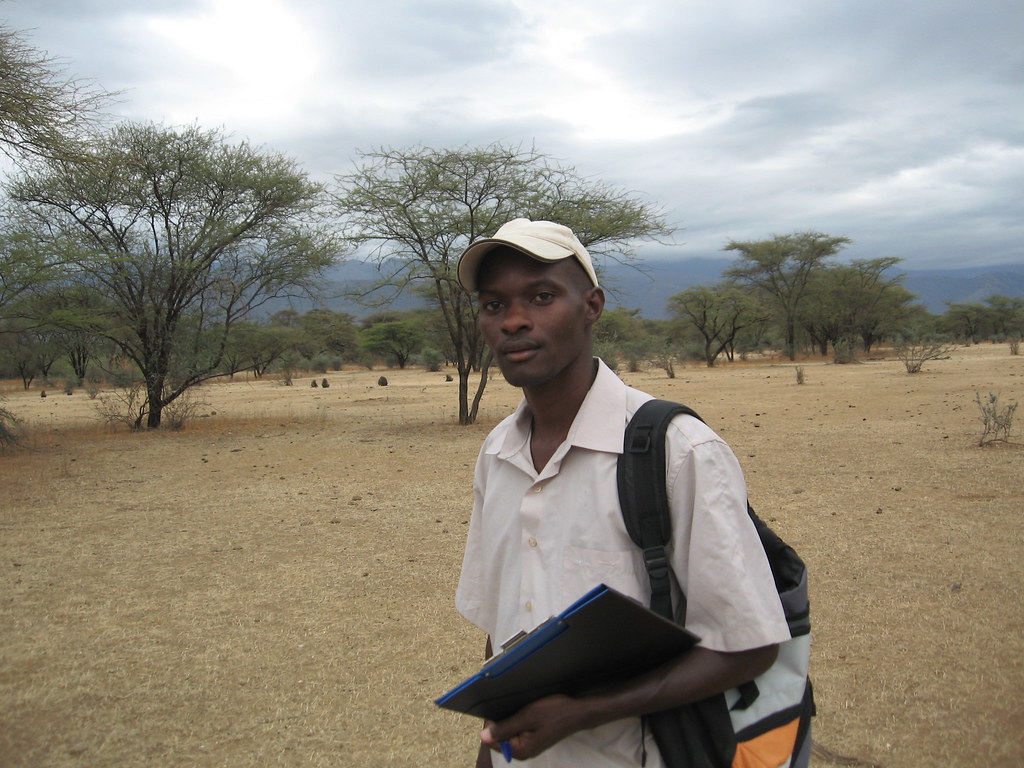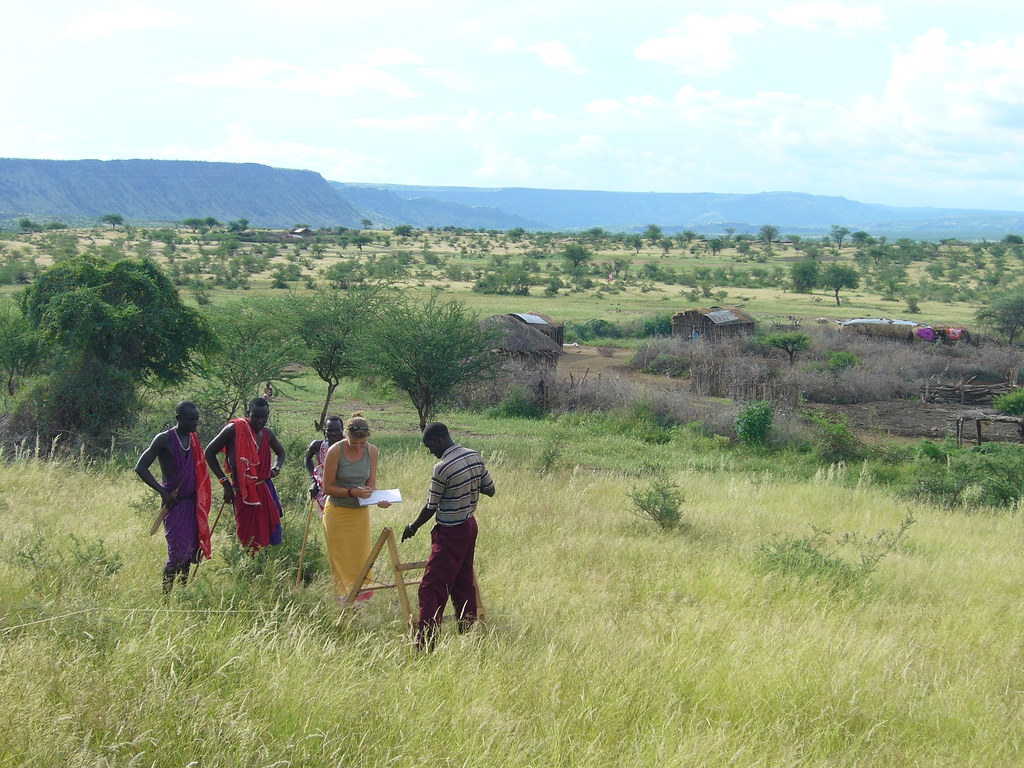
The lions have been very active since the long rains began in March (maybe you’ve been following our tweets …). I’ll give you an update on 1 of the 3 prides we’ve been following in Olkiramatian, showcasing the wonders and frustrations of studying lions on community lands:
Sampu Pride:
We have to start with this group as we’ve been studying them since the beginning – Mwanzo (Swahili for ‘the beginning’) – a female we collared in July 2008. We are happy to report she is doing well, and we just observed her 2 nights ago with 4 young cubs, less than 3 months old. We estimate the date of birth sometime between early January and early February. We had seen her and other females mating with Mkubwa (a collared male in the Sampu pride) last year. Mwanzo had been a bit of a mystery for most of January as we were unable to locate her, but she started making herself visible in early February. This all seems to make pretty good sense now as females often disappear on their own into the thick bush for birth and the early weeks with the cubs. We will try and post pictures when we can. Right now we’re only watching them with night vision binoculars, which Mwanzo tolerates, but not any visible light at this stage.
Mkubwa was missing for the first few months of the year, but we finally saw him up north towards Nguruman, a more agricultural area with permanent settlements. We’ve been a bit concerned about what he and the other male have been up to as there have unfortunately been about 7 lion attacks on livestock in Olkiramatian in the past 6 weeks. Most reports have been of a single male lion, so we are trying to monitor Mkubwa closely to see if he is the responsible lion or not. Fortunately, the collective efforts of SORALO, led by John Kamanga, community leaders, KWS (Kenya Wildlife Service), ACC, David Western, Scott Creel, and all of us at the Resource Centre have been actively discussing with community members on ways to help alleviate further attacks. Most importantly, the community here still moves traditionally to the east side of the river during the long rains of March and April, away from most lion activity. We hope this traditional practice will promote continued coexistence, and prevent any major retaliatory actions that are common across much of East Africa. This also stresses the importance of community members receiving tangible benefits from living with wildlife. The Resource Centre is the base for many such projects: the Women’s Group sponsoring children to go to school, the Women’s small businesses like the recent solar lighting program and bead work, conservation & camping fees from visiting research groups, and the employment of 15 community members in community-based research programs. But, there is always more that can be done to bring benefits back to the individual household, which is essential for conservation and development programs to succeed in the long term. As always, we welcome any suggestions you may have…








